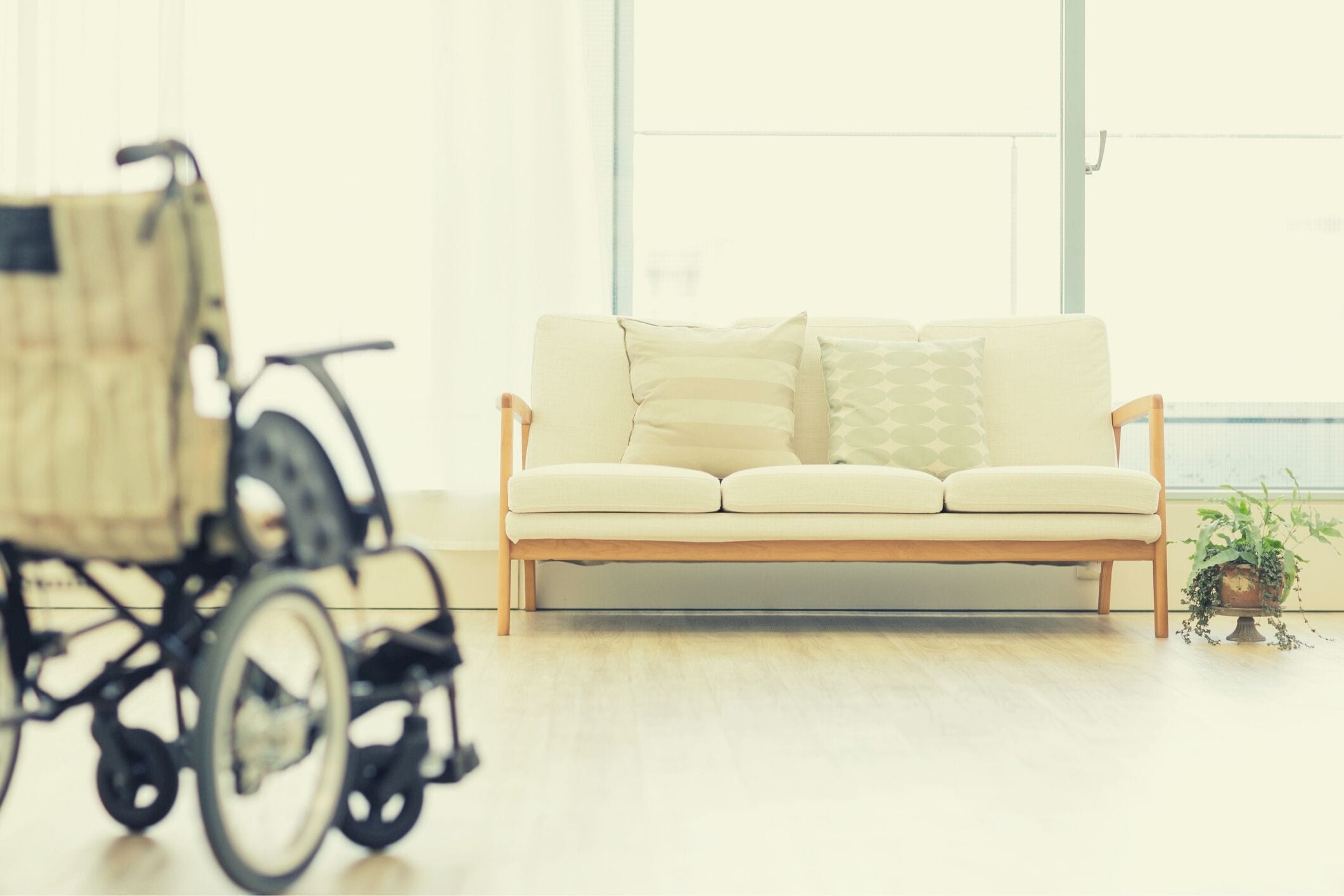
By 2022, StewartBrown predicts that 65% of all Australian aged care homes will be operating at a loss on current policy settings.
Many of those homes will have been operating at a loss for a number of years, and it will become unviable for them to continue providing care, Grant Corderoy, senior partner at StewartBrown, told HelloCare.
There will be “significant pressure” on homes, and providers will be forced to make “difficult decisions” about whether to keep loss-making homes open, particularly small to medium operations, Corduroy said.
Homes may close, particularly in regional areas, he added.
Already, nearly seven in every 10 (68%) aged care home located in rural and remote areas is operating at a loss.
Aged care peak body LASA’s CEO, Sean Rooney, told HelloCare, “LASA is constantly hearing from our members that financial subsidies for residential aged care are not keeping pace with the real costs of caring.
“This impacts providers’ ability to consistently meet the needs of residents.
“Maintaining quality care and staffing levels are the priorities, but these are getting more difficult.
“LASA members and their staff battle every day to provide quality care with limited resources.
“Despite suffering financial pressures, aged care providers are continuing to increase the care hours for their residents. The pandemic has meant providers have added extra protection for their residents and home care clients, which has placed added pressure on their finances.”
Rooney said changes are required urgently. “If major changes are not made in the next few months, we will see losses increase and this will impact on service delivery,” he said.
“Fixing aged care is above politics,” Rooney said. Additional funding is “the only way” the sector will be able to deliver the services older Australians need, he said.
Providers recorded a loss per bed per day (pbd) of $8.14 (excluding COVID-19 funding), down from a loss of $6.43 for the same period the previous year.
The cost of providing everyday living services exceeded revenue by $9.10 pbd (excluding administration) in the six months to December 2020.
Corduroy said StewartBrown is recommending an extra $10 a day for everyday living expenses to enable homes to cover costs.
More must be spent on staff wages and training too, but that can not happen without more funding from the government.
The average operating result for aged care homes decreased by $536 per bed per annum (pbpa) to a loss of $2,276 pbpa, compared with the December 2019 results.
Over the last four years, ACFI has had an accumulated increase of 10%, however, direct care costs have risen 22%.
Occupancy rates fell to 91% on average, down from 92.3% at the same time the previous year, according to the report.
Clare O’Neil, Shadow Minister for Senior Australians and Aged Care Services, said Scott Morrison made cuts to the aged care budget when he was treasurer in 2016, and now several years later, “the system [is] in crisis and residential facilities [are] going broke”.
“The StewartBrown analysis shows what the real world effect of those cuts has been.”
“This is an extraordinary, terrible reflection on the Morrison Government,” she said.
It’s “a heartbreaking national disgrace”.
The aged care system is suffering after years of neglect, O’Neil said.
“Neglect of funding needs, neglect of staffing stress and burnout, [and] neglect of serious incidents experienced by our frailest citizens.”
“The Royal Commission has shown that up to half of aged care residents are malnourished.
“Mistreatment of older people in residential aged care is commonplace, including poor wound management, over-medication, use of restraints, frail people sitting for long periods in soiled incontinence pads because they are being rationed by providers.”
Staff require better work conditions and greater respect, says O’Neil.
“Staff are doing their absolute best, but they have also been profoundly mistreated by this government.
“They are overworked, underpaid, lack support and their work is not respected by government in the way it clearly should be.
People are literally dying while waiting for home care, she says.
“The home care waiting list is almost at 100,000 residents, and those needing the most support – so a level 4 type package – are waiting more than a year for assistance they desperately need.
“Over the last two years, 28,000 people died while waiting for a home care package.
“Aged care affects everyone, so we should all be outraged,” says O’Neil.
HelloCare also approached the aged care services minister for comment, but at the time of publishing had not yet received a response.
Aged Care and profit don’t go hand in hand. SHAME on those who talk profit before Elders